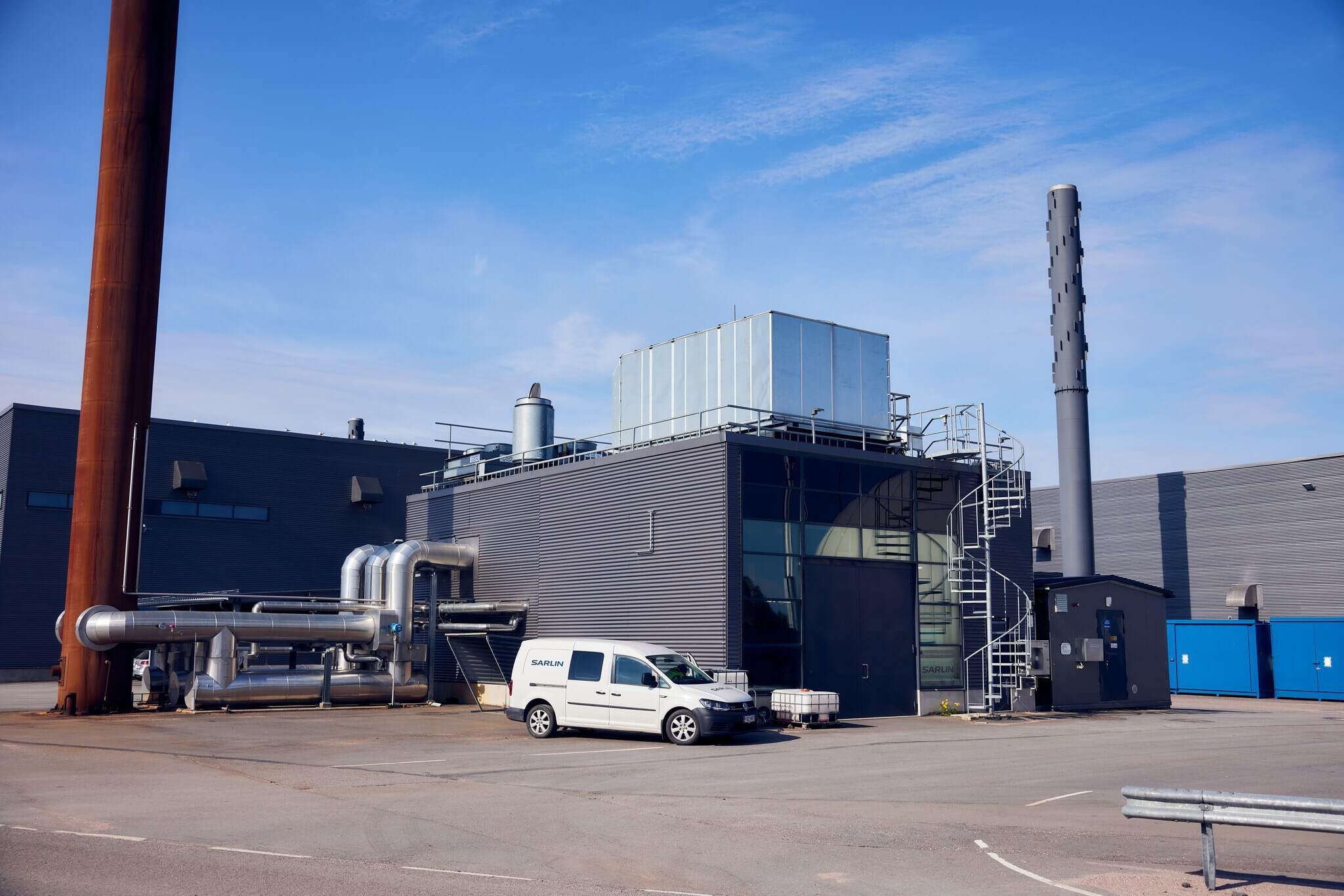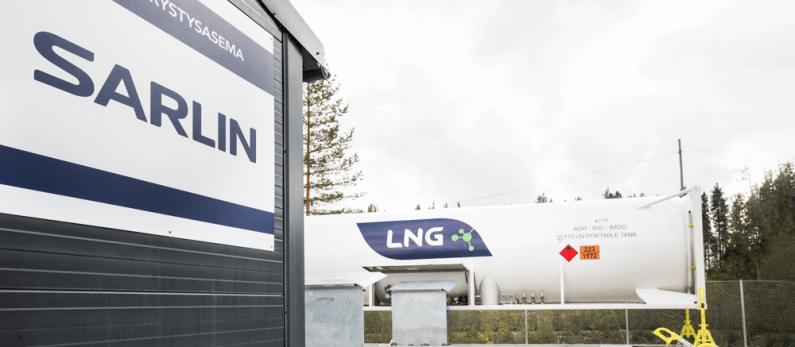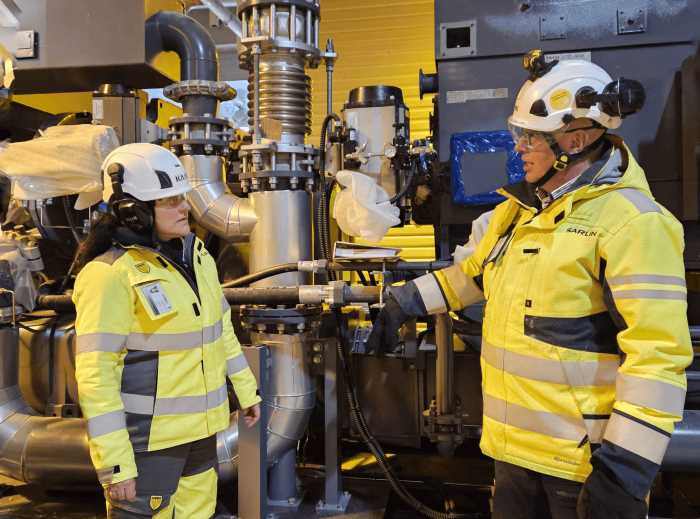“The green transition is not just about improving current operations. It will also open up entirely new technological opportunities – like hydrogen production and biogas.”
— Representative from the gas and energy sector
While companies move forward at different paces, the green transition is reshaping the entire industrial landscape. Sustainability goals are increasingly influencing decision-making and investment strategies.
Key areas of focus include:
- Improving resource efficiency
- Transitioning to renewable energy sources
- Working toward carbon-neutral production
Sustainability is becoming a key factor in choosing partners. Companies now expect concrete proof of responsibility, such as reports, public goals, and certifications.
“We want our partners to commit to our sustainability targets, like reducing carbon footprints. They need to share the same mindset.”
— Respondent in lifecycle services
Challenges around the green transition include high costs, investment needs, and technical issues with equipment durability and recyclability. Skills shortages and training needs are also causes for concern, though many also see the shift as a positive opportunity.
The transition is also slowed by evolving regulations and political uncertainty. In areas like hydrogen, regulatory frameworks are still being developed.
“Regulation for the hydrogen business is still forming. It’ll be interesting to see how it develops.”
— Respondent from the gas and energy sector
“We never know what new rules or decisions tomorrow might bring. We’d like to see more long-term thinking.”
— Respondent from the gas and energy sector
A lack of unified sustainability metrics also complicates supplier comparisons and supply chain monitoring. Even if companies have ethical guidelines or responsibility agreements in place, tracking compliance across the supply chain remains challenging.
While sustainability is gaining importance, companies hope it won’t increase costs — instead, it should become a natural part of efficient operations.

/Hannan%20tekem%C3%A4t%20(varalla%2c%20ei%20k%C3%A4yt%C3%B6ss%C3%A4)/Untitled-29.jpeg)
/Sarlin%20-%20Yritysvalokuvat%20-%20full-2.jpg)


